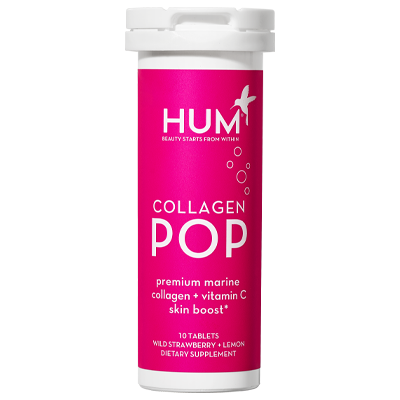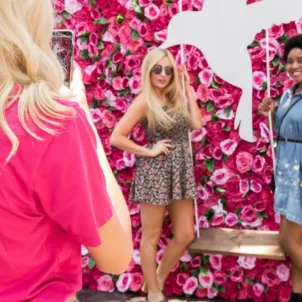How to Contour Your Face with Gua Sha

And more importantly, how to pronounce it.
If you love your jade roller but are looking for even more impressive results, it might be time to graduate to the ancient art of gua sha (pronounced “gwah sah”). To learn more about this all-natural beauty practice, we enlist the help of Michael Ahmad, a holistic-beauty pro and Herbivore Botanical‘s national education manager. Watch the video above for a full demonstration or read below to learn more!What Is Gua Sha?
Gua sha is a Traditional Chinese Medicine healing technique that’s since been adapted into the beauty world. The term comes from the Chinese word meaning “to scrape.” Gua sha uses a scraping motion of stone tools across the skin to move stagnant fluids and toxins underneath the surface.Sound painful? In fact, a quick internet search will show you some terrifying photos of bruising after traditional body gua sha. In its beauty adaptation for the face, however, you apply much gentler pressure for the same benefits without all the scary bruising.
“It really just helps your body naturally metabolize and eliminate toxins,” Michael elaborates. “It’s great for lymphatic drainage, boosting circulation, and working out muscle tension along your jawline. It’s also really, really good for de-puffing and soothing.”
What do you need to do it?
It’s best to have a good facial oil on hand to prep your skin, which will allow the tool to move easily across its surface. Which brings us to the gua sha tool itself. The tools are typically made of rose quartz or jade and come in a variety of shapes and sizes. Michael recommends selecting a shape that you’re intuitively drawn to, or one you think will best hug the contours of your skin.
Image: @herbviorebotanicals
How to prep your skin
“With gua sha specifically, it’s critical that you’re working with a lubricated surface,” Michael instructs. “So you can do it after applying toner, or even after your moisturizer. My preference is to do it after your facial oil,” he shares. Why? “A facial oil really ensures that your tool will glide effortlessly across your skin, never pulling or tugging.”
To prep my skin when demonstrating, Michael uses Herbivore’s new Emerald Deep Moisture Glow Oil. “It’s my current favorite oil,” he says. “It has cannabis sativa-seed oil, which is super rich in gamma-linolenic acid. It’s great as a moisturizer and is also helpful for balancing hormonal irregularities.” Other ingredients include ashwagandha, shiitake, turmeric, meadowfoam, and squalane, which Michael tells us is fabulous for youth preservation. Score!
He uses three or four drops to rub between his fingers and gently presses the oil into my skin with a patting motion. “A general rule of thumb with our skin is that it wants to be interacted with tenderly,” he says, so there’s no need to rub product in vigorously.
Image: @herbivorebotanicals
The gua-sha technique
Michael starts from the base of my chin and works upward. “You always want to work upward so you can elevate and sculpt the face.” Holding the tool at a 45-degree angle, he presses the tool against my jawline and glides it up toward my ear.
“I pause anywhere I find a knot and slowly go over it. Those knots are actually calcified toxins that are just stuck in your skin because your circulation has, for whatever reason, stagnated. We’re just reawakening the circulation to this area to break up those little pockets.” Indeed, I can feel little knots in my jawline as he moves over it. Bizarre! I should probably do this more often. As he reaches the outside edge of my face, he gives the tool a slight wiggle back and forth and then releases. “That just encourages all of those fluids to release and disperse so your circulatory system can pick them up, metabolize them, and eliminate them.” Michael goes over the jaw on each side three times. You can do more on each side if you’d like; just be sure to keep the number symmetrical on both sides. As he continues to work across both sides of my face, he covers the following pathways:- Across the center of my lips to the edge of my face.
- From the outside edge of my nose, hugging below the cheekbone to my ear.
- From the inner corner of my eye to my temple.
- Hugging the contour of my brow bone from the center out to the temple.
- Moving upwards from my brow to my hairline, all across my forehead.











